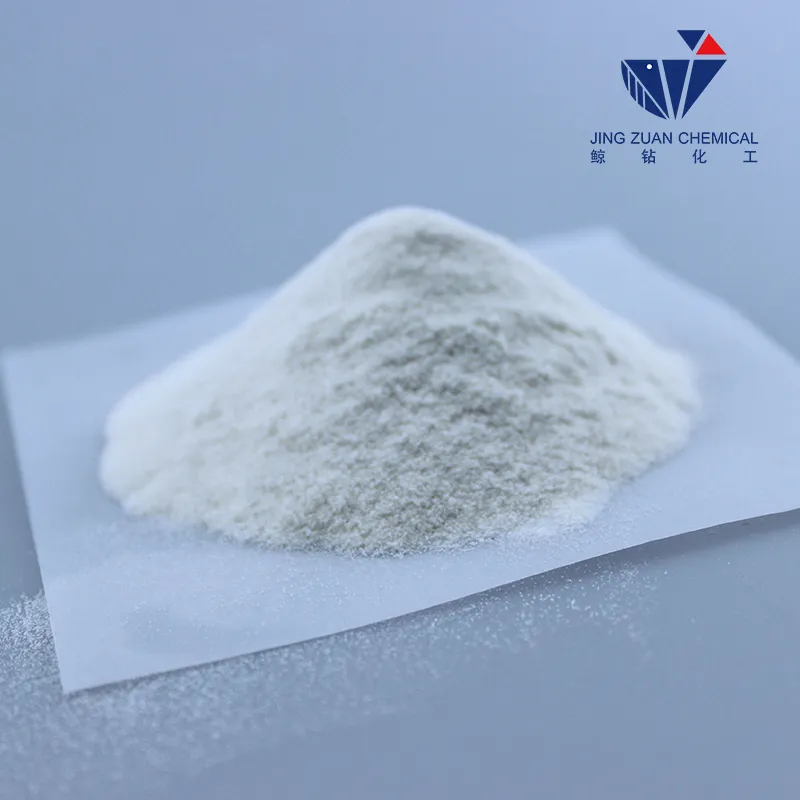
Nov . 01, 2024 18:37 Back to list
Exploring the Properties and Applications of Hydroxy Methyl Cellulose in Various Industries
Hydroxy Methyl Cellulose A Versatile Polymer in Modern Applications
Hydroxy Methyl Cellulose (HMC) is a semi-synthetic polymer derived from cellulose, the most abundant organic polymer on Earth. This versatile compound has gained significant attention due to its unique properties and wide-ranging applications across various industries, including pharmaceuticals, food, cosmetics, and construction.
HMC is produced by the partial hydrolysis of cellulose fibers, which results in a white, odorless powder that is non-toxic and soluble in cold water. One of its most notable characteristics is its ability to form viscous solutions, which makes it an essential ingredient in many formulations. The viscosity of HMC can be tailored by adjusting the degree of substitution, allowing manufacturers to customize it for specific applications.
Hydroxy Methyl Cellulose A Versatile Polymer in Modern Applications
In the food industry, HMC acts as a thickener, emulsifier, and stabilizer. It is often found in processed foods, sauces, and dressings, where it enhances texture and mouthfeel. The polymer's ability to retain water also helps improve the shelf life and quality of food products, making it a valuable additive in modern gastronomy. Furthermore, HMC is deemed safe for consumption and complies with food safety regulations, further solidifying its role in food technology.
hydroxy methyl cellulose

The cosmetic and personal care industry has also embraced HMC for its gelling and film-forming properties. It is commonly found in lotions, creams, and hair styling products, where it enhances viscosity, improves spreadability, and provides a smooth texture. HMC's compatibility with various ingredients makes it an ideal choice for formulators seeking to create innovative and effective products.
In construction, Hydroxy Methyl Cellulose is used as an additive in cement, plaster, and mortar applications. Its water-retention properties help maintain workability and prevent cracking during drying. This capability is particularly beneficial in tile adhesives and grouts, where it ensures proper adhesion and durability.
As sustainability becomes increasingly important in modern manufacturing processes, HMC stands out due to its renewable nature, derived from cellulose sources. Moreover, ongoing research into the polymer's potential applications continues to unveil new uses, indicating a promising future for HMC across a plethora of industries.
In summary, Hydroxy Methyl Cellulose is a multifunctional polymer that plays a pivotal role in numerous sectors. Its adaptability and effectiveness have made it an essential component in drug delivery systems, food formulations, cosmetic products, and construction materials. As industries seek innovative and sustainable solutions, HMC's significance is expected to grow, making it a compound worth watching in the coming years.
-
Versatile Hpmc Uses in Different Industries
NewsJun.19,2025
-
Redispersible Powder's Role in Enhancing Durability of Construction Products
NewsJun.19,2025
-
Hydroxyethyl Cellulose Applications Driving Green Industrial Processes
NewsJun.19,2025
-
Exploring Different Redispersible Polymer Powder
NewsJun.19,2025
-
Choosing the Right Mortar Bonding Agent
NewsJun.19,2025
-
Applications and Significance of China Hpmc in Modern Industries
NewsJun.19,2025







